| Today Mission 31 team members Matt and Brian returned from the Amazon, where they were shooting a continuing project with Fabien Cousteau's sister Celine. You can see photos, showing how the Amazon has changed during the lifetimes of three Cousteau generations, in the ebook Return from the Amazon available in the iTunes Store. Matt and Brian told us the Amazon was scorching hot, over 105 degrees F. The 80-degree weather here in sunny Florida must now feel like a cool spring day! The intrepid explorers also shared stories of the bugs and difficulty in traveling around the Amazon. What an experience! I can't wait to hear more over dinner. Meanwhile, I continue preparing Mission 31 science research from topside. Today we sent out plankton nets for a research project designed by Northeastern graduate student Amanda Dwyer. I'm also counting down till saturation -- 7 more days! |
The Turtle Hospital
Last Friday I had the opportunity to visit the Turtle Hospital with production team member Billy Snook. I was completely blown away at the incredible organization. It pained me to see how turtles have suffered from human causes, even indirectly. For example, sea grass absorbs fertilizers that run off into the ocean that turtles eats. The chemical fertilizers can develop tumors called fibropapilloma that will slowly and painfully kill the turtle. If the fertilizers in our crops do that to turtles, what are they doing to us?
| I posted this story to my Instagram. Thankfully the turtle made it into the hospital's care and is on the road to recovery. | This photo shows one of the recovered turtles; without the care of the Turtle Hospital this turtle would have died from human causes. Let's be optimistic! |
If you extra specially care about sea turtles, check out The Turtle Hospital (maybe even call or donate!). There's also a fantastic non-profit called the Sea Turtle Conservancy; I follow them on Facebook to stay up-to-date on all their work (and see pictures of sea turtles on my news feed.)
A DIVING DRONE
| I forgot to tell this story. On Spalshdown Day, the Mission 31 production team smartly deployed quadcopters to capture aerial footage of the excitement. Well, there was some problem with one of the copters (never really understood what happened), and it fell into the ocean. Luckily, one of the Navy divers, Carter, without missing a beat, dove in and rescued the copter on a breath-hold dive to 10m. Amazing! Sometimes robots need the Navy to rescue them too. |
There's also blog posts: "Shellebrate" -- It's World Turtle Day! and Sea Life Just Fish? Think Polar Bears Too!
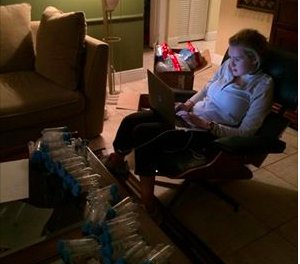
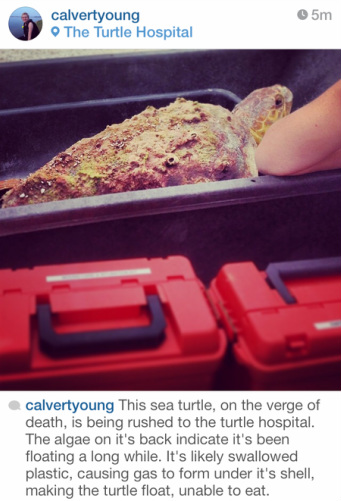
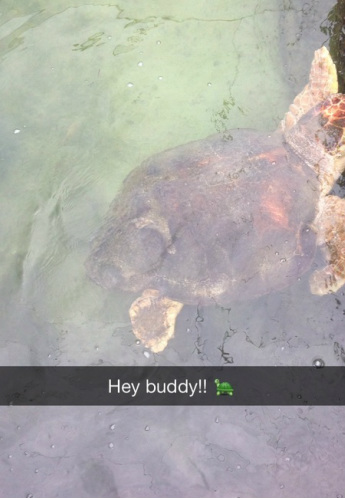
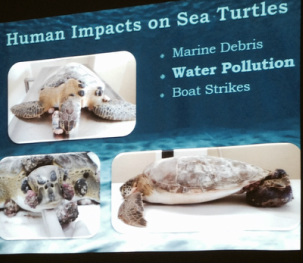
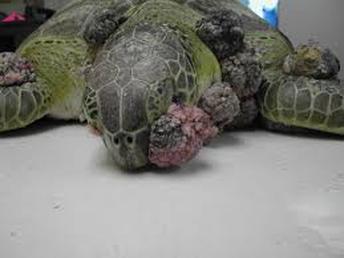
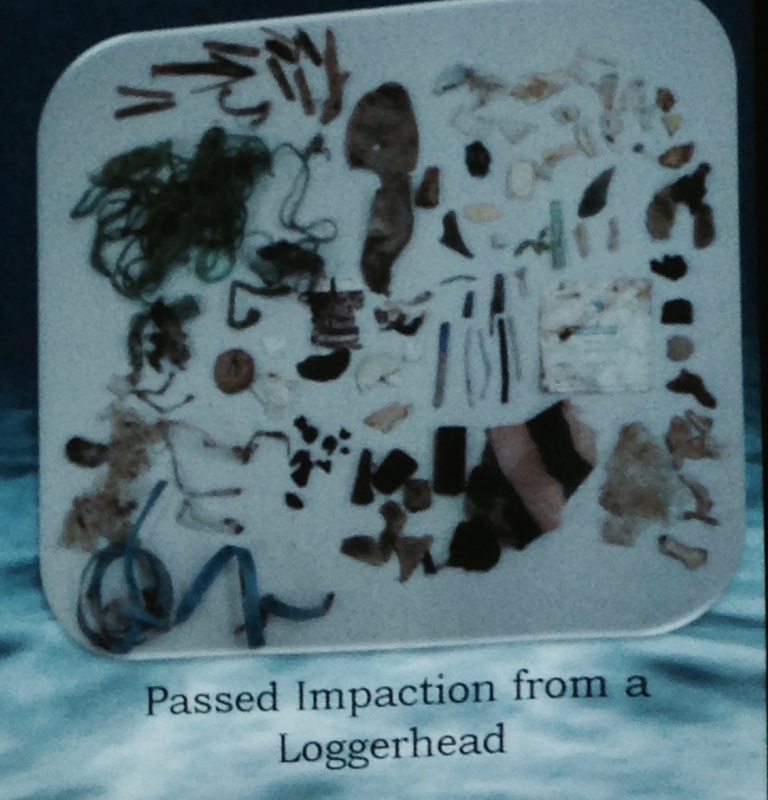
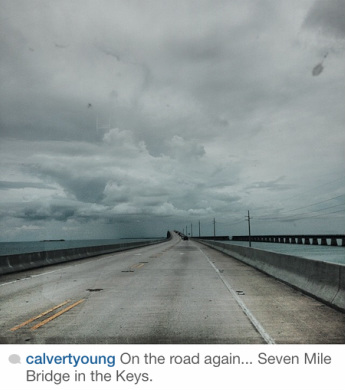
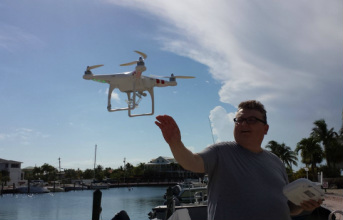

 RSS Feed
RSS Feed
